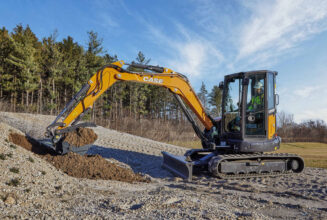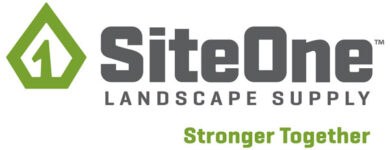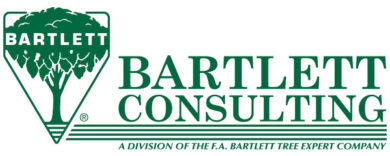Strategic Moves
The term “workforce management” can mean different things to different people. For some it may relate to the idea of properly managing personnel. To others it may be a human resources issue that refers to staffing issues and hiring practices. Still others will think of it as a way to increase efficiencies within the management team itself. To be honest, all of these definitions would be correct.
There are many more subtopics that can be covered within workforce management, but we all know that estimating man hours accurately and managing labor effectively is the difference between making money and losing money. To manage field employees more effectively we must drill down even further and look at truck and equipment usage.
We mainly use equipment for three different reasons: to minimize the need for labor, to make our existing labor more effective, and to perform tasks that cannot be performed by labor alone. Although many employees are trained how to use equipment, few are taught how to use equipment so that they can efficiently manage an installation.
Back and forth process
If you look at a typical landscape design/build installation, so much of it is really just an exercise in moving materials in and out of a job site. So if a large portion of our installation process involves getting materials to and from — and in and out of — the site, wouldn’t it make sense to minimize the amount of trips we take and move materials as quickly as possible?
A classic example of this inefficiency is an employee driving a truckload full of demolition debris (such as asphalt or concrete) to the quarry and returning empty. If I had to make an educated guess, it would be that if you are removing asphalt or concrete, there’s a pretty good chance that you are going to be installing a new paver walk, patio or driveway. I also think it is fair to assume that the materials you need to build these new paved spaces are available at the quarry where you just dumped debris. The same thing can be said for organic debris. Odds are that the plant material you just ripped out and are going to dump will be at the same place from which you typically purchase topsoil and mulch. So if you have space onsite, why not load up with some soil and bring it back to your project? If you are managing several jobs simultaneously, there is a strong possibility that if this project doesn’t need soil or mulch one of your other installations certainly will.
Think about it. By just changing this one simple thing you are now running projects more efficiently and reducing these particular labor costs by almost 50 percent. Factor in the gas savings by minimizing drive time; the reduced risk of an accident, breakdown or traffic jam; and the increase in productivity; and you can quickly see the value in properly managing your workforce.
Maximum productivity
Now take this same concept and apply it to equipment usage. Say you have a pretty sizable backyard project that is only accessible with a skid-steer, don’t you think it would be a good idea to always travel with a full bucket? If you’re bringing excavated material out, you should be bringing new material in. This is especially important when you are working on a very deep property, or when the distance between the truck and the work area is significant.
Assume that you are working on a very small property or have limited access or difficult areas that only accessible by wheelbarrow. Wouldn’t it make sense to always be wheeling something in and wheeling something out?
One of the first projects I had out of college was a very small courtyard for a townhouse in New York City. The only access was through a series of steps and basement doors that led from the street to the courtyard. It was too narrow and too difficult for even a wheelbarrow. There was a lot of material to bring in and out — pavers, base material, soil, plant material, irrigation lighting and drainage material. The only way we could do the project was completely by hand using spackle buckets to carry things. We felt like we were in ancient Egypt. In addition to this, any material brought to the site had to remain on the truck. We were not allowed to dump anything in the street or on the sidewalk. I don’t think I realized it at the time, but this was the first time I really started thinking about workforce management. It was also the first and last time I worked in Manhattan.
No matter the size of the project, you should always be carrying something — even if it is just miscellaneous garbage or other random material. You’re going back and forth anyway, why not carry something?
If you consider how many times over the course of the day, week, month and year that your employees go back and forth to projects and in and out along of the jobsite, you can began to calculate how much you could save by just working a little smarter and managing your workforce better.
Jody Shilan, MLA is an award-winning landscape designer and former landscape contractor who now works as a green industry consultant, using his 30 years of experience to help other landscape design/build contractors grow their companies and increase sales and profits. He is currently a director at the NJLCA and board member of the PLANET DBI subcommittee, APLD-NJ and Bergen Community College. He can be reached via e-mail at jshilan@optonline.net, through his Web site, www.FromDesign2Build.com or by phone at 201-783-2844.



